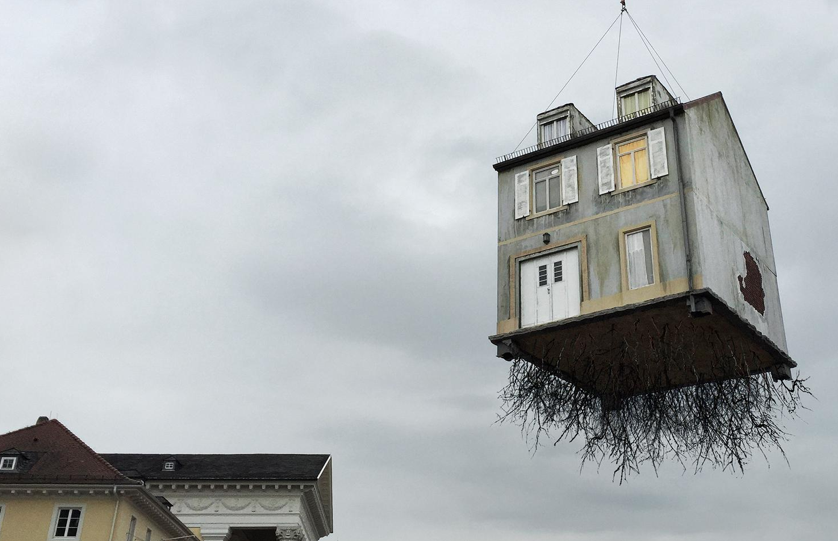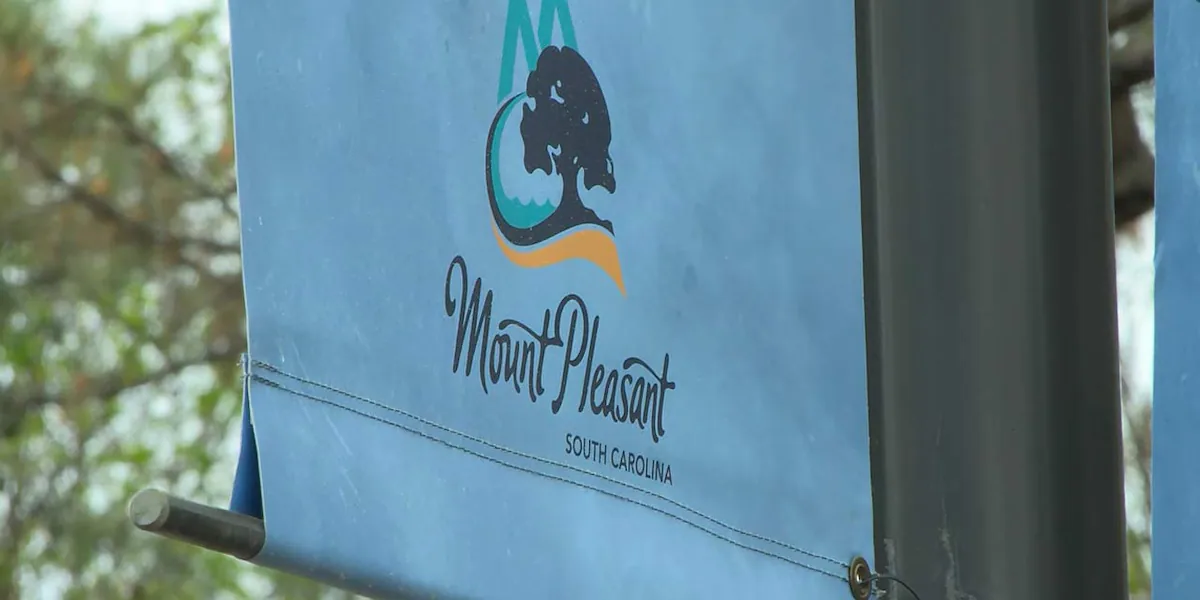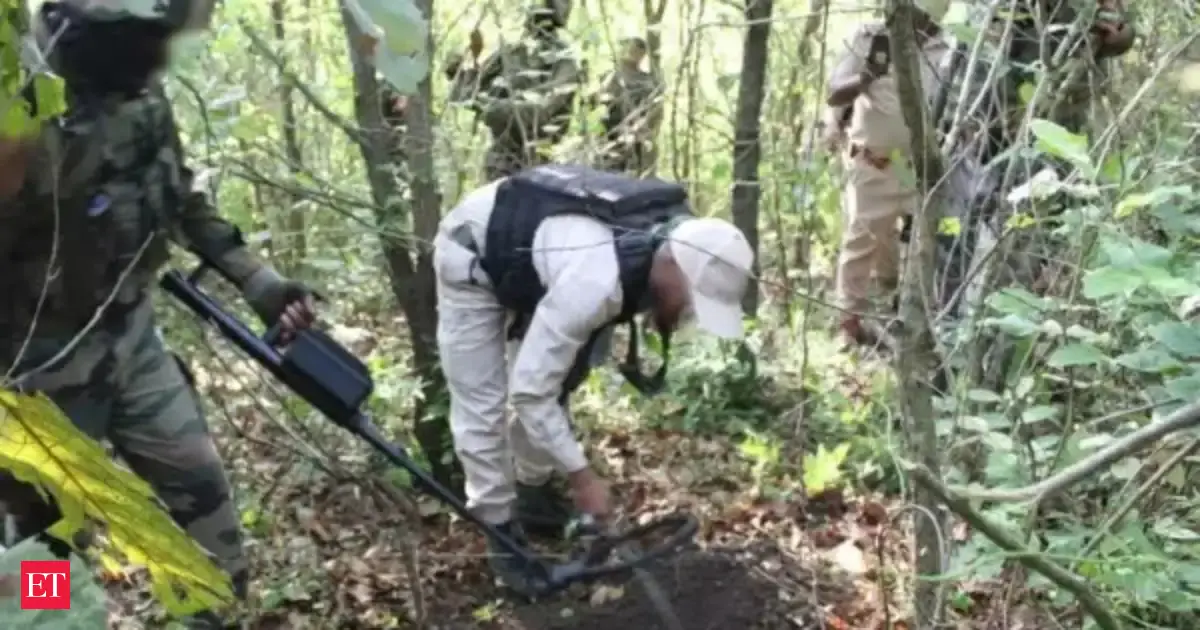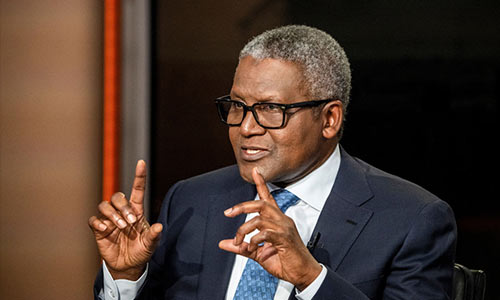By Richard Emblin
Copyright thecitypaperbogota

Art installations have started sprouting up across Bogotá, as the Colombian capital prepares to step onto the global cultural stage with the inauguration of the first International Art and City Biennale, BOG25. Running from September 20 to November 9, the event has started transforming Bogotá into a sprawling open-air gallery and confirms its ambitions to join the ranks of São Paulo, Venice and Sydney as a city that understands art as a tool for dialogue and urban renewal.
Unlike many of its counterparts that carry heavy commercial undertones, BOG25 is entirely free. The biennale is designed as a city-wide invitation to reconsider Bogotá itself as a canvas: its streets, its public spaces, its hidden corners and monumental landmarks. The curatorial theme, Bogotá: Essays on Happiness, aims to spark conversations about urban life, community, and the sometimes elusive pursuit of well-being in a metropolis of more than eight million people. Mexico City takes pride as guest city of honour, deepening Latin American cultural ties and offering a platform for artistic exchange across borders.
For 51 days, more than 200 artists from 12 countries will bring their works to over 25 venues. The Palacio de San Francisco, a neoclassical jewel in the historic centre currently undergoing restoration, will serve as the biennale’s beating heart. But much of the action spills into the open: large-format installations will line Bogotá’s streets, heritage buildings will host contemporary interventions, and museums, theatres and universities will be drawn into the conversation. “Our great wager is to generate, through art, a new conversation about the experience of living in this city,” says Mayor Carlos Fernando Galán. “We want BOG25 to be an opportunity for everyone, without exception, to access a cultural offer of unprecedented scale.”
The curatorial team is an ensemble of respected voices in the Colombian and international art world. Artistic directors Diego Garzón and Juan Ricardo Rincón are joined by advisor José Roca, while curators María Wills, Jaime Cerón and Elkin Rubiano propose a nuanced reflection on happiness. Sub-themes include Radical Leisure, Environmental Esotericism, Toxic Optimism and Cold Land — conceptual threads that weave together local sensibilities with global conversations about climate, wellbeing and belonging.
The roster of artists selected for the central programme reflects this global outlook. Among the Colombians are Carmenza Banguera, María Fernanda Cardoso, Alejandro Tobón, Clemencia Echeverri, Susana Mejía and Oswaldo Maciá — names that have shaped contemporary practice at home and abroad. They are joined by international heavyweights such as Ireland’s John Gerrard, known for his digital simulations that interrogate landscapes and power; Mexico’s Jorge Méndez Blake, whose installations merge literature and architecture; Peru’s José Carlos Martinat, with his politically charged works; Brazil’s Rejane Cantoni, who creates immersive interactive environments; Cuba’s Glenda León, whose poetic practice explores space and chemical compounds; and Argentina’s Leandro Erlich, celebrated for mind-bending architectural illusions. Together, they underscore BOG25’s ambition to put Bogotá firmly on the global art map.
The biennale, however, will not only showcase established names. Through open calls, it has drawn in Bogotá’s own creative ecosystem: from ‘barrio’ artists and muralists to independent curators and collectives. This inclusive approach not only democratizes access but also reinforces the sense that BOG25 is an event for the city’s citizens first and foremost.
The inauguration promises to be a spectacle. On Saturday evening, La Santamaría Cultural Plaza (former bullring), will be transformed into a luminous indigenous maloca – a communal longhouse of light – through the immersive video installation La casa común. Staged with the participation of Mexican DJ Ali Gua Gua, the Bogotá Philharmonic Orchestra and novelist Juan Gabriel Vásquez, the opening will showcase the gigantographies and textile sculptures of Mexican artist Amaranta Almaraz, celebrating cultural memory and indigenous spirituality. The performance, free and open to the public, is expected to attract nearly 10,000 people and will be repeated the following night.
BOG25’s geographical centre is the Eje Ambiental, the pedestrian axis designed by architect Rogelio Salmona that follows the course of Bogotá’s founding rivers, the San Francisco and Vicachá. Once a busy and congested part of the Avenida Jiménez (Calle 13), the Eje is today a landscaped walkway lined with brick, fountains and public art, making it an ideal corridor for the biennale’s exploration of the city’s historical layers.
Satellite programmes extend the reach of the event into Bogotá’s barrios, ensuring that the biennale is not confined to the historic centre or well-known public landmarks. The academic programme, hosted by Universidad Jorge Tadeo Lozano, will provide space for lectures, panels and workshops, further underlining the biennale’s commitment to accessibility and education.
The event also signals a turning point for Bogotá’s cultural infrastructure. The city already boasts 12 art faculties, a thriving art fair circuit and a vibrant street-art scene. Colombian artists regularly appear on the international stage, yet a biennale has long been missing from the mix. BOG25 fills that gap, positioning itself as a platform for policy, regeneration and international visibility. It builds on previous large-scale events such as the Festival Internacional de Artes Vivas and the Encuentro de Ciudades y Culturas en Iberoamérica, both hosted in the capital in recent years.
Bogotá’s push for large-scale cultural events also has an economic rationale. A biennale brings visitors, stimulates local tourism and strengthens the creative economy. It also offers a framework for urban regeneration: neglected public spaces are reimagined, heritage buildings are brought back to life, and new narratives about the city are formed. In a metropolis often defined by its mobility challenges and security concerns, BOG25 presents a different face: confident, cosmopolitan and forward-looking.
For Bogotá, the biennale is more than a cultural celebration; it is an act of city-making. By reclaiming public spaces for artistic encounters and encouraging citizens to see their environment through new eyes, BOG25 contributes to the ongoing regeneration of the city’s urban fabric. It signals a Bogotá willing to project itself internationally not just as a political or business hub, but as a creative capital.
As the city looks ahead to its 500th anniversary in 2038, BOG25 may well become a recurring milestone in Bogotá’s cultural calendar. For now, the biennale is a bold beginning: a 51-day exercise in happiness, debate and discovery, and a reminder that cities, like artworks, are always in the making.



